![]()
*This article has been updated and re-uploaded. It was originally added to our site on the 25th July 2020 and was the very first episode to have appeared here.
In today’s story, we are traveling back to Tuesday, the 20th of March, 1876, until the industrial town of Blackburn in the North West of England for a case that rocked not only the locals who lived there, but also that of an entire nation labelled as the biggest case of its kind in the 19th century.
It was only preceded by that of the famous Jack the Ripper murders that took place later in 1888. And it still resonates deeply within the community where it took place over 144 years ago.
That’s within the suburban area of Bastwell.
Emily Holland was just seven years old when she went missing after she went to do an errand for a man she had just met after telling her friends she will be back soon to come and play with them. She left to go and collect some tobacco for that man and she was known for being a helpful child, often doing errands for her parents. So this didn’t seem out of character for her, but it seems this good deed was going to lead to an unfortunate end.
Before her death, Emily lived with her parents at 110 Moss Street, and by all accounts she was a normal little girl. Her father, James, was a mechanic, and her mother, Elizabeth, remained at home tending to the children. Emily attended the local St Albans School, not too far from where she lived, and was relatively well known by many of the locals residing in that area.
On the day of her disappearance, Emily was seen by many people late that afternoon, and a local girl by the name of Mary Ellen Eckles, age 12, recalled speaking, Emily around four p.m. when they bumped into each other on Burley street, at which point Emily relayed the same story about picking up some tobacco for a friend. At the upcoming inquest, Mary Ellen Eckles said she Emily had some me three 1/2 pence and said she was going for half an ounce of tobacco for that man. She pointed to a man leaning against a wall.
Emily then went into George Cox’s tobacconist shop which was situated on Trinity Street, just opposite Moss Street to purchase the tobacco. And she was served by 15 year old Richard Cox, son of George. Richard would later go on to state at the inquest that another boy by the name of Thomas Harrison was also in the shop at the time had asked who the tobacco was for and she said for a man down yonder as she pointed towards Moss Street.
Not too long after, Emily was spotted talking to a man who was described as wearing a mixed cloth coat, a billy cock hat, yellow waistcoat and dirty black trousers. It is not known who offered this description to the police, however, two other girls backed this sighting up by stating that they had also seen Emily speaking to a strange looking man, but they could not describe him in too much detail.
This was the last time Emily was ever seen alive.
Later that evening, when Emily’s father returned home, he was informed, presumably by his wife, Elizabeth, that Emily had not returned home and on contacting the Lancashire Police Constabulary a search was made throughout the neighborhood that evening and throughout Wednesday but Emily was not found.
Two days later, on Thursday, the 30th of March, Mrs. Alice White, who lived at 73 Bastwell Terrace, was alerted by a child of one of her neighbors that a strange parcel had been found in a nearby field and it was beside a wall that was opposite the local cemetery.
What’s Mrs. White found that day would live with her for the remainder of her life.
Upon investigating, Mrs White came across what at first seemed to be a bundle of newspapers that had been wrapped around something. She didn’t need to open the package fully as part of it was easily accessible. But from what she did see was enough to horrify her.
Shocked from what she had found, Mrs White rushed to find help, and it was Mr T.H. Firhurst, who immediately followed her back to the location of the body. Upon cutting the string that was holding the newspapers together, the full nature of the mutilations became alto apparent. It was clear to see that all that remained was the trunk of a young girl with the head, arms and legs having been removed. As soon as news got around that a body had been discovered, a local man, 66 year old Richard Dewhurst, made his way to the police station to inform officials of the discovery. Chief Constable Potts and Superintendent Eastwood quickly made their way to the scene.
Meanwhile, PC Rostron, it was off duty at the time, was walking along Cemetery Road when he was met by several people who said that the body of a child was lying in a field at Bastwell behind a wall with its head, arms and legs cut off. Hurriedly, he made his way to the scene where, upon finding the newspapers, he unwrapped them and saw the grisly side for himself. After a few minutes, he rewrapped the torso as Chief Constable Potts and Superintendent Eastwood arrived. PC Rostron stated that he was going to carry the body away at this point to the town hall. By this time, a huge crowd had started to congregate outside of the local police station all thirsty to hear of any recent developments that may have occurred.
With a body being found, the police were quick to inform the parents of Emily, but it was her father, John, who was first to the police station and anxious to satisfy his suspicions that it may be his daughter that they had found, upon viewing the torso, he made the assumption that this was indeed Emily, solely based on the color of some of the loose hair that had fallen onto the body that was the same color as Emily’s.
Around two hours after the discovery of the torso, the legs of Emily were discovered by Richard Fairclough in a culvert at Lower Cunliffe, just outside of Blackburn, and heading towards Rishton. They were wrapped in the same newspaper, the Preston Herald, and tied with the same string as was the torso. Upon being interviewed by PC Riley, Fairclough said he had seen a strange parcel in the mouth of a drain, and upon examining it, he was horrified to see what it was.
P.C. Riley promptly took the remains back to the police station in town. It was mid-afternoon by the time Emily’s mother arrived at the station, and she only recognized the body as being her daughter from the small bones and the fact she could count her ribs because she was so skinny. No one can only imagine the grief that Elizabeth was going through at this time and to view the remains of what was once her little girl, I doubt any of us will truly feel what she went through.
The police had also brought in three doctors by now. Blackburn police surgeon Dr. Martland he worked at Blackburn Infirmary, and he was helped by Dr. Cheesbrough, who also worked at the Infirmary, and Dr. Pratchett.
The autopsy they performed on the torso makes for chilling reading and something I won’t delve into in too much detail other than to say Emily had been violently raped. And once the murderer had finished with her, he proceeded to slit her throat, not once but twice and upon satisfied that she was no longer alive, the murderer then went about dismembering her body, cutting off her head, arms and legs before dispatching with the body parts over the course of the next two days, which we’ll talk about shortly using the killer’s own words.
Whilst the autopsy was taking place, the finding of the torso had sparked a massive police investigation into finding the culprits are culprits, and rumors were quickly spreading around that a tramp was the main suspect, as several children had seen Emily speaking to a man that was described as being around 40 years of age, about five foot six, and also wearing a dark coat and vest and trousers on had dark, scruffy hair.
On Friday, March the 31st, the inquest into the death of Emily was opened, and it will soon hear the theory that a tramp was the main suspect due to two witnesses saying they had seen Enily talk to a strange looking man on the day of her disappearance and how they described his appearance. However, some didn’t believe that a tramp would be responsible, saying that they would never keep copies of newspapers are most certainly not consecutive issues of recent ones and one man in particular, Charles Taylor, who was a street beggar, was soon arrested along with 11 other men, and while still the men were soon to be released due to lack of evidence, Charles will become one of the main suspects throughout this case.
The story had by now made national headlines, and hundreds of people made their way to town hall as the authorities assembled to discuss the case during the course of the inquest. Thousands of people took to the streets in search of Emily’s remains. Searching in ditches, sewers, gutters, fields and cesspools. But nothing was found. Over the course of the following week, experts looked in more detail at the torso and legs of the victim, as well as all the evidence put in front of them.
During the course of this, several loose hairs were found within the newspapers that covered both the torso as well as the legs, and that they had belonged to at least three different people due to the difference in colors. This led to several police officers believing that the murder wasn’t a trampy after all, and that a barber may possibly be the killer.
Satisfied with the evidence found on Emily’s remains, her funeral took place on Friday, the 7th of April 1876, as she was interred at the Roman Catholic portion of the Blackburn Cemetery. A funeral cortege which started at 11 a.m. that morning from the home where she lived.
A hearse and three mouring coaches passed along Moss Street where they would eventually arrive at the Cemetery. Her remains were encased in a polished coffin of silver mountings and a brass plate. The funeral rights were made by Reverend R. Dunderdale.
The following morning, on the 8th of April 1876, the Burnley Advertiser reported that the home of one William Fish, age 26, who was about five foot two inch and who lived at number 162 Moss Street had been searched by police, but they found nothing on the premises and he denied all knowledge of the missing girl. Because they found not a single trace of blood, clothing or any other evidence to link him in the murder of Emily they left him and continued on with their investigations.
On Thursday, April the 13th, Charles Taylor was brought to the dock and formally charged with the murder of Emily. And despite the lack of evidence against him, he stood there in the dock, seemingly unconcerned about the severity of the situation he was in. Several witnesses were called, including a 12 year old Mary Alice Bradley, who said she left George Cox’s tobacconist with Emily on the day she disappeared. And she saw the prisoner or someone who looked like him, but his hair was longer.
Frederick Cox, son of George Cox, also said he saw the prisoner begging in Birley Street on the 28th March.
At this stage, Charles Taylor was taken before the magistrates and remanded for a further eight days.
Another week passed by and seemingly becoming frustrated, and with the lack of clues, the police brought in bloodhounds and on Sunday, April 16th, they finally made a breakthrough.
Despite taking the bloodhounds to the scene where the torso was found, and them not finding any further body parts, the chief constable thought it may be a good idea to go back to William Fish and this time to his barbershop and have the dogs search there. The police had already searched his shop previously, but found nothing to indicate Fish’s involvement with the murder.
His shop was located at number 3 Moss Street, and after the dogs had finished searching downstairs, they were allowed upstairs when they started barking at the fireplace and upon being examined, the remains of a skull and arms were found wrapped in the little girl’s remaining clothing.
However, they had been badly burned due to a fire being lit at some stage after the murder.
Outside, a large crowd had gathered whilst the police were searching the building. But their main worry was if news got out that the remains have been found on the premises, they will lynch Fish.
Constables were placed at the front of the building to prevent any of them gaining access whilst Fish was escorted out of the back and down a side alleyway, where he was then taken to the police station where he would be interviewed.
On Monday, April 17th. Fish was brought before the magistrates and formally charged with the murder of Emily. But prior to this, he had already made a full confession whilst being held at the police station within the Town Hall.
This is a transcript of that confession.
“I told Constable William Parkinson that I burned parts of the clothes and put the other parts under the coal in my shop and now I wish to say I am guilty of the murder. I further wish to say that I do not want the innocent to suffer. At a few minutes after five o’clock in the evening, I was standing at my shop door in Moss Street when the deceased child came past. She was going up Moss Street and I asked her to bring me one half ounce of tobacco from Cox’s shop. She went and brought it to me. I asked her to go into my shop. She did. I asked her to go upstairs and she did.
I went up with her. I tried to abuse her and she was nearly dead. I then cut her throat with a razor. This was in the front room near the fire. I then carried the body downstairs into the shop. Cut off head, arms and legs wrapped up the body in newspapers on the floor, wrapped up the legs in newspapers, and put those parcels into a box in the kitchen. The arms and head I put into the fire.
On the Wednesday afternoon, I took the parcel containing the legs to lower Cunliffe. And at nine o’clock that night, I took the parcel containing the body to a field in Bastwell and threw it over the wall.
On Friday afternoon. I burnt parts of the clothing. On the Wednesday morning, I took part of the head, which was unburnt and put it up the chimney in front of the bedroom. I further wish to say that I did all this myself. No other person had anything to do with it. The foregoing statement has been read out to me and is correct. It is my voluntary statement, and before I made it, I was told that it would be taken down in writing and given in evidence against me.
Signed William Fish
Witnesses;
Robert Eastwood, Superintendent
William Read, Superintendent
Joseph Pott’s, chief constable.”
William Fish
After four days of hearings and listening to all the evidence put before them, especially the confession by William Fish, the jury returned a verdict of willful murder, and Fish was committed for trial on the capital charge to the Liverpool court, which would take place late in July of that year.
All charges related to Charles Taylor were soon to be discharged. He went on to visit several public houses that evening and was even treated as being some sort of hero by the local residents. Many collections were made on his behalf and he became somewhat of a celebrity.
On Friday 28th of April 1876 and now imprisoned, Fish wrote several letters to his wife.
“Dear wife.
I write these few lines hoping they will find you in good health. As I am present, I feel my place very much. It is too late to pull things back but God is merciful and will forgive our sins if we only ask and it shall be given unto you seek and you shall find. Knock on the door shall be opened unto you. There is pardon for the worst of sinners and I am one. And may God forgive me. I have broken the law of the land and committed one of the worst crimes, but God is merciful and will forgive me. Give my kind of all. So no more at present. Your dear husband, W. M. Fish.”
Fish remained on trial until August the 4th where he was then found guilty of wilful murder. He had tried to convince the jury that he at no point ever planned to commit such an atrocity, saying, “I am sure, gentlemen, I did not know at this time what I was doing.” and he claimed insanity.
His claims fell on deaf ears and the judge had no other option but to condemn Fish to the death penalty.
Placing a black cap onto his head, the judge leaned forward, telling the prisoner in a low voice the sentence of the court, which was that he must be taken to a place whence he came and then to a place of execution, and then hanged by the neck till he be dead and that lord have mercy on his soul.
The following week, August 10, Fish spoke with his wife and children for the final time. His mother in law, Alice Green, as well as his brother and sister in law, also attended. Fish and his wife were said to be in floods of tears as they said their final goodbyes.
Four days later, at 8am on Monday, the 14th of August, 1876, William Fish was executed at Kirkdale Gaol in Liverpool.
On the previous day, Fish had spoken with a prison chaplain, which he wished to be relayed to the other prisoners in the gaol.
“I wish to tell you, while you have a chance to lead a new life, you can see my bad end through breaking off Sunday school through bad companions. Those very happy days when I attended Sunday school. After I neglected it, I went from bad to worse. And so I have been brought to this sad end. If I had my time over, I would lead a different life, which is not too late for you to mend. Avoid those bad cheap journals, of which I wasted so much spare time. May we meet in heaven through God’s mercy.”
Photo (c) Chris Dunn 2020
Sources used in this story;
British Newspaper Archive – www.britishnewspaperarchive.co.uk
Please follow me on social media;
Twitter – https://twitter.com/dohpods
Instagram – www.instagram.com/dohpods
Youtube – https://www.youtube.com/channel/UC1awBMK4u6luyrh3Ny9vhpg

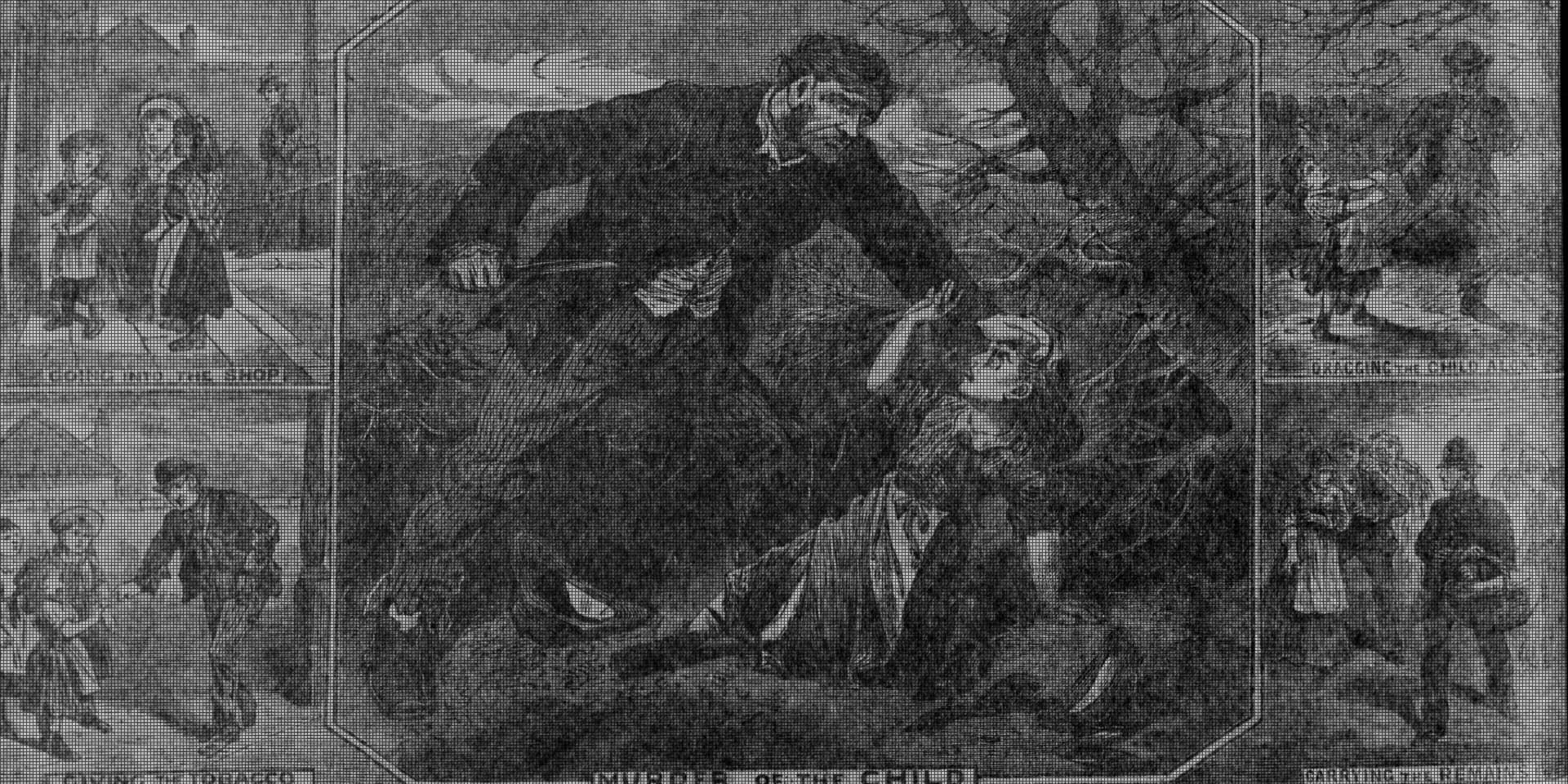
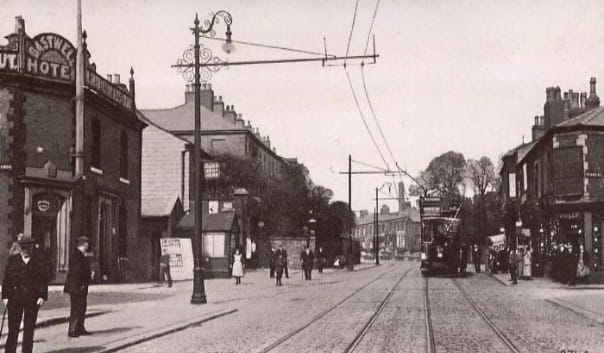
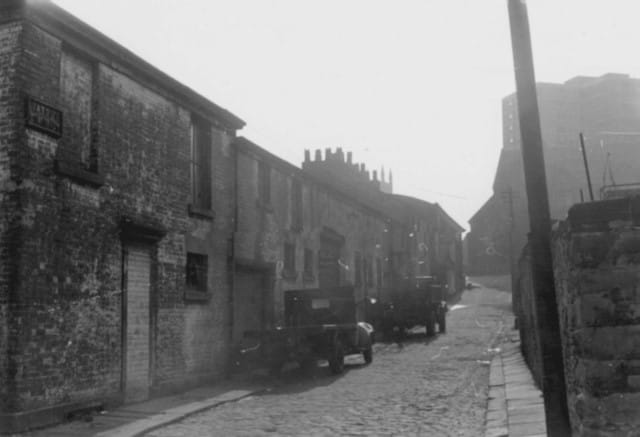
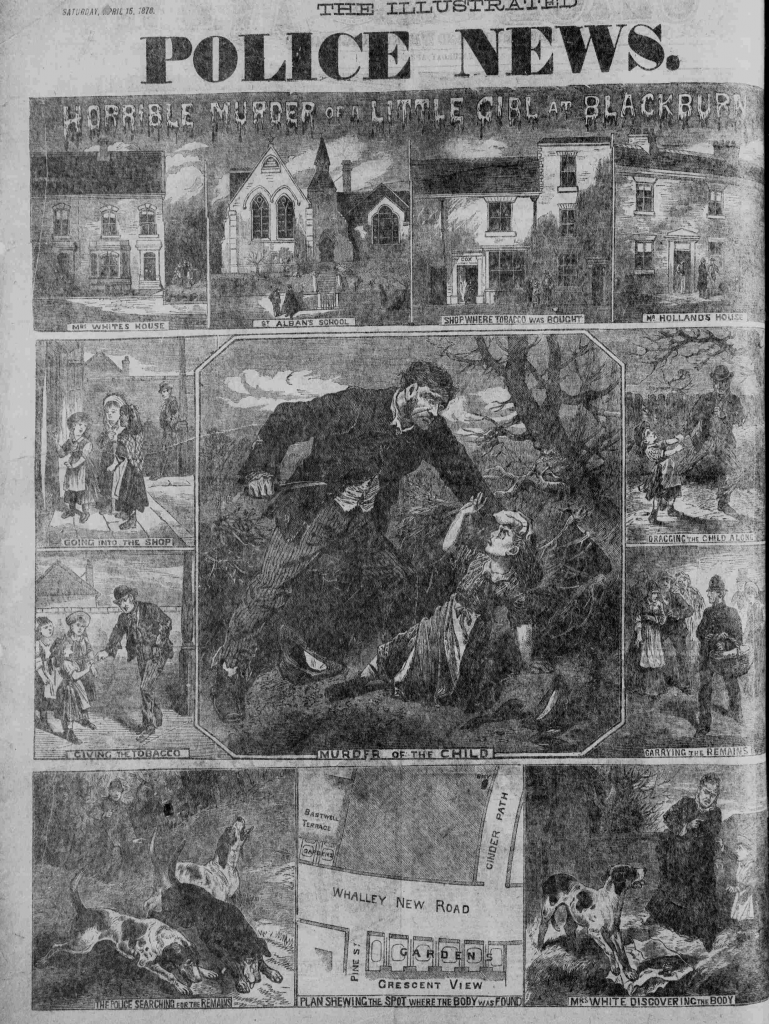
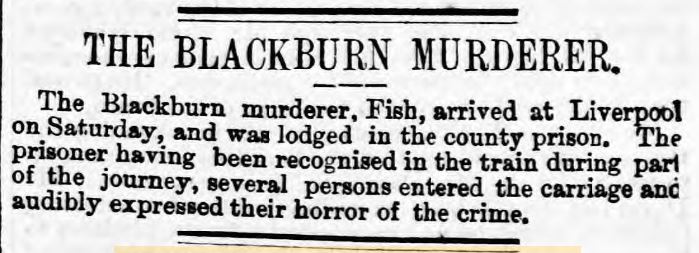
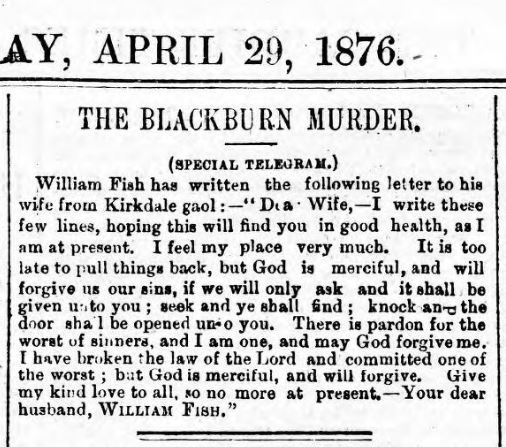
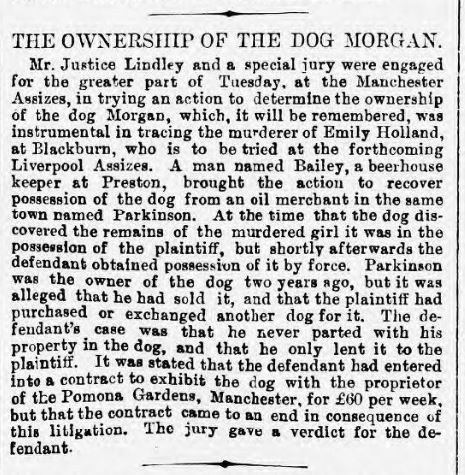
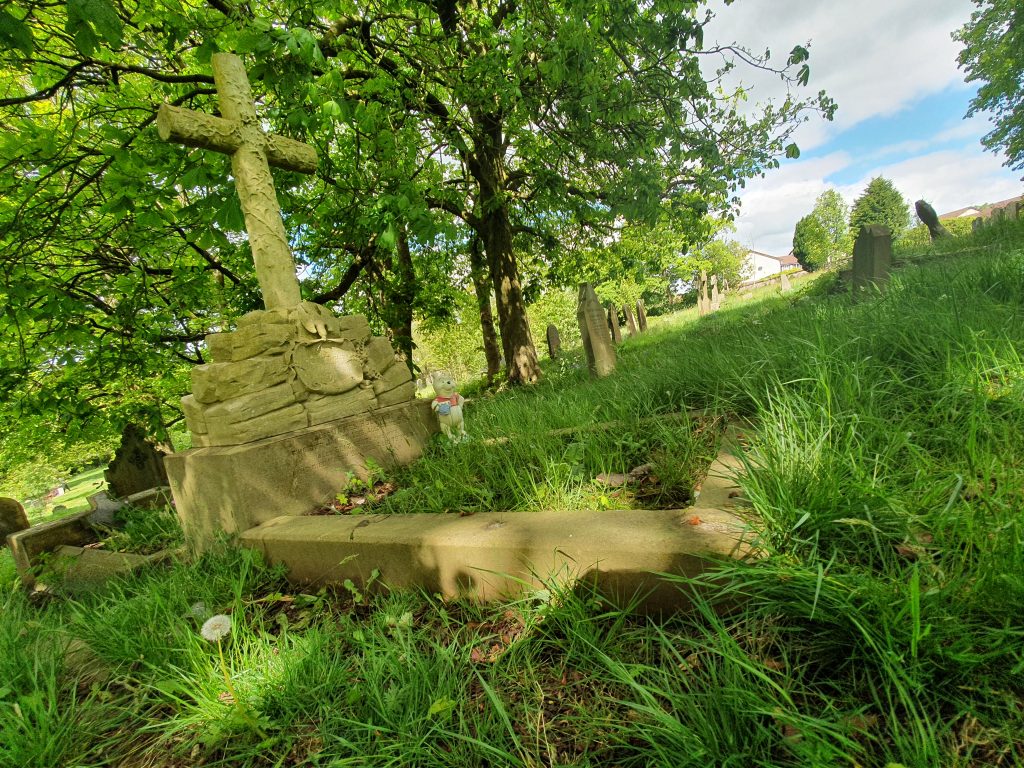
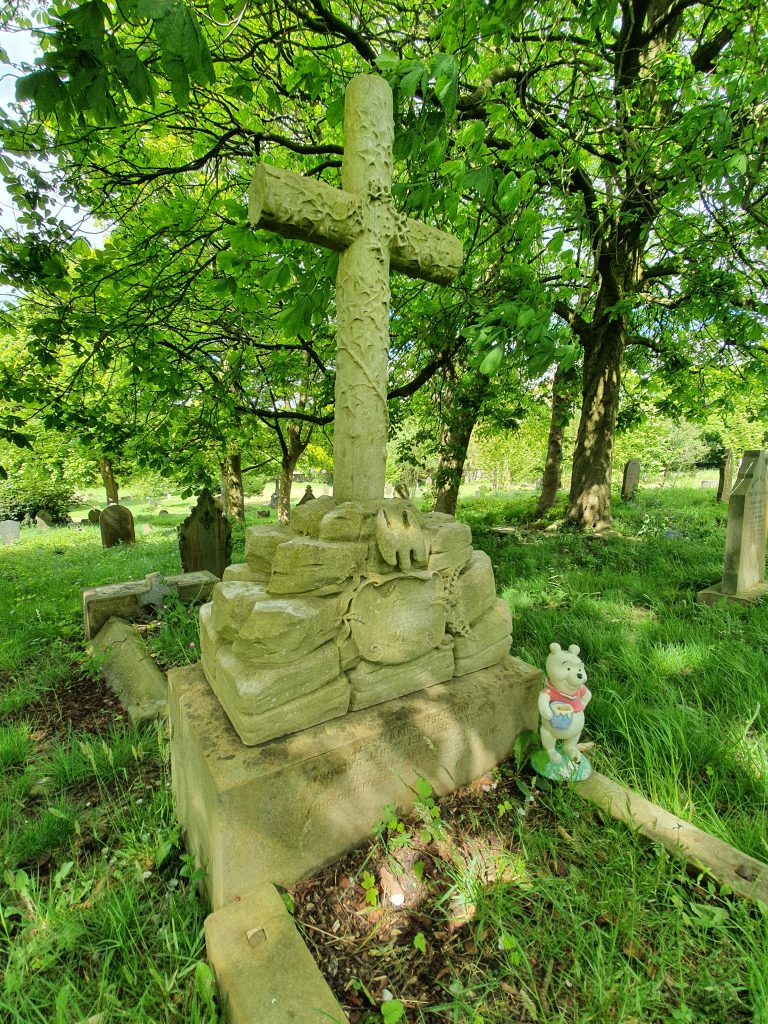
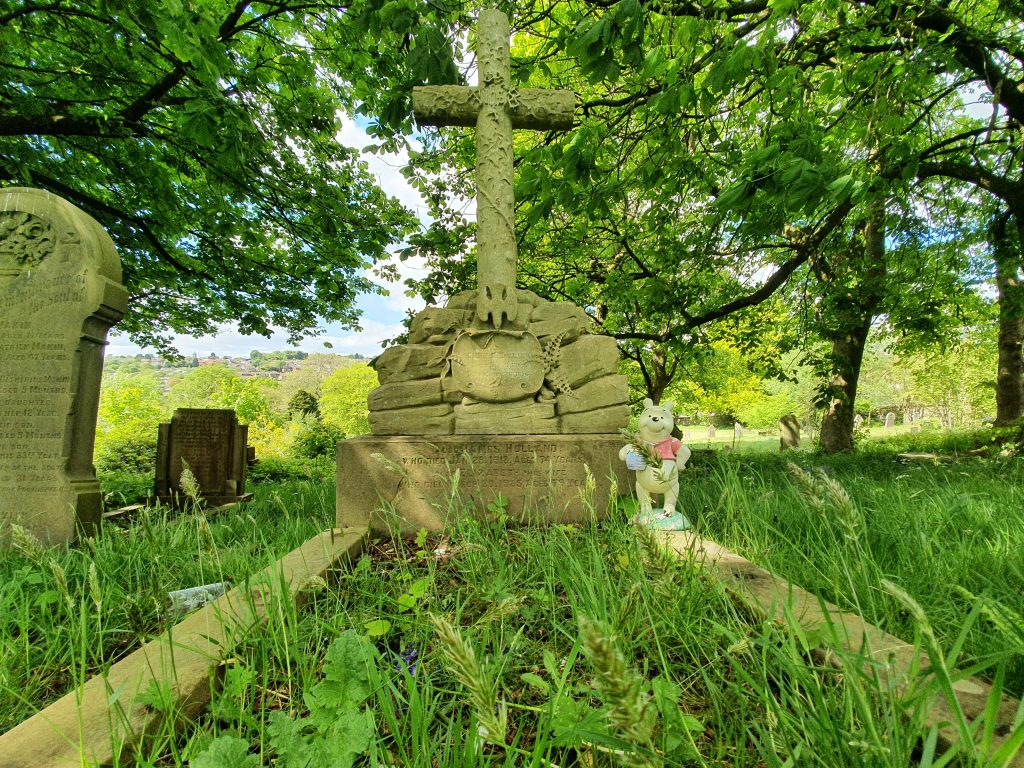
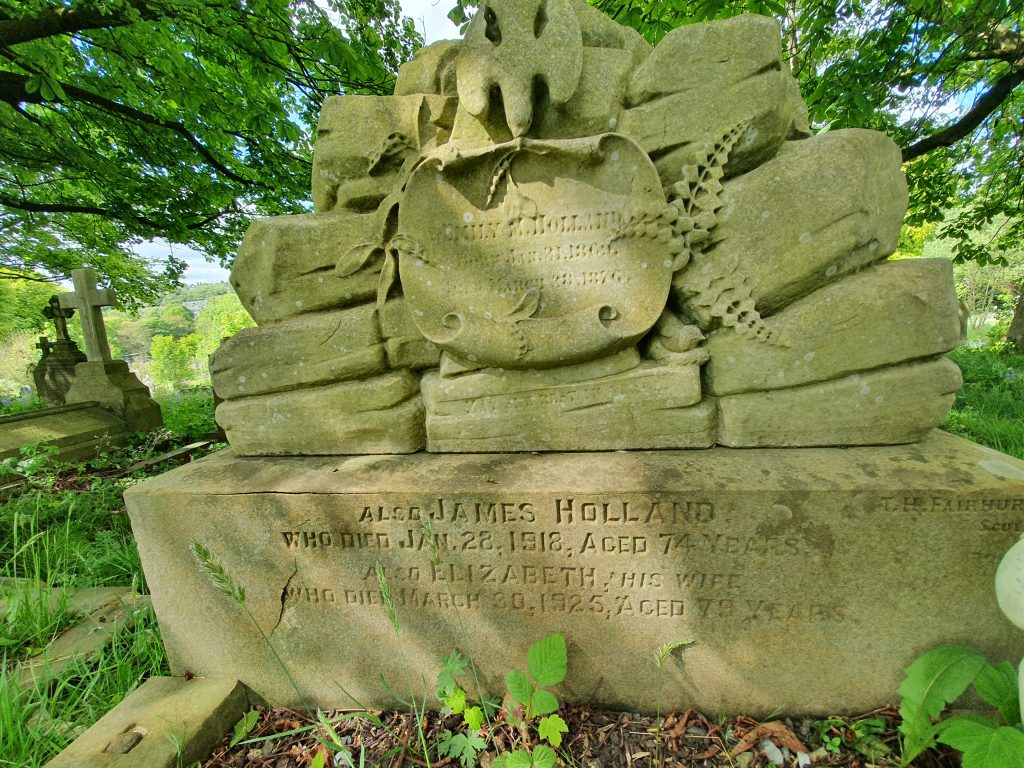
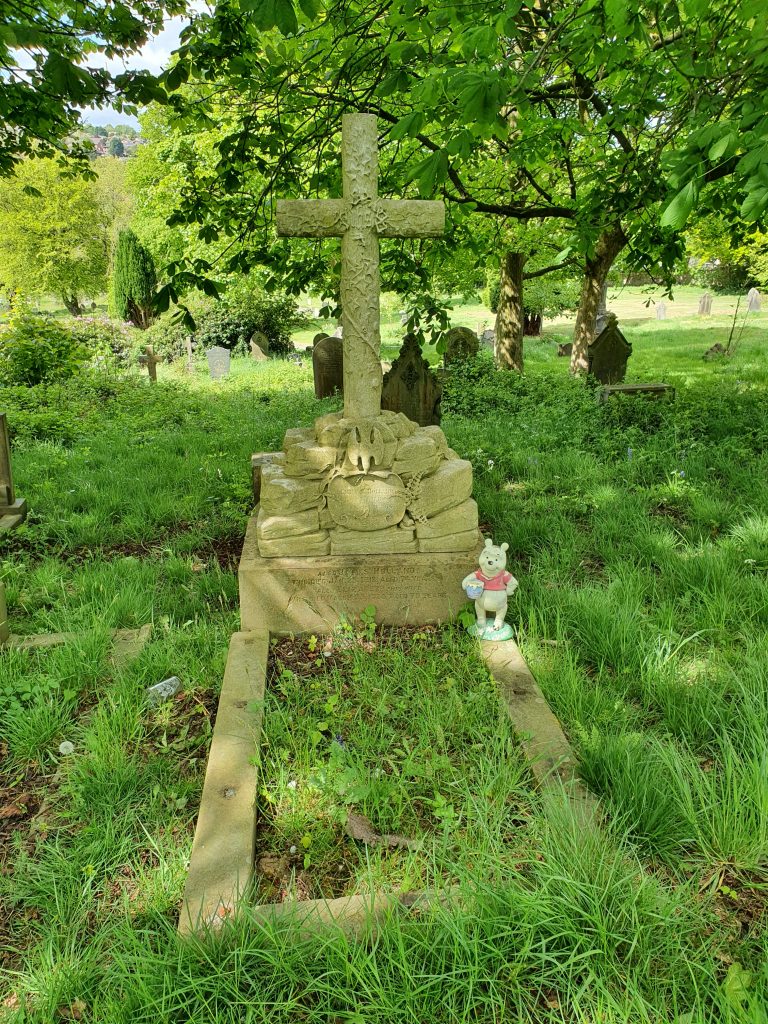
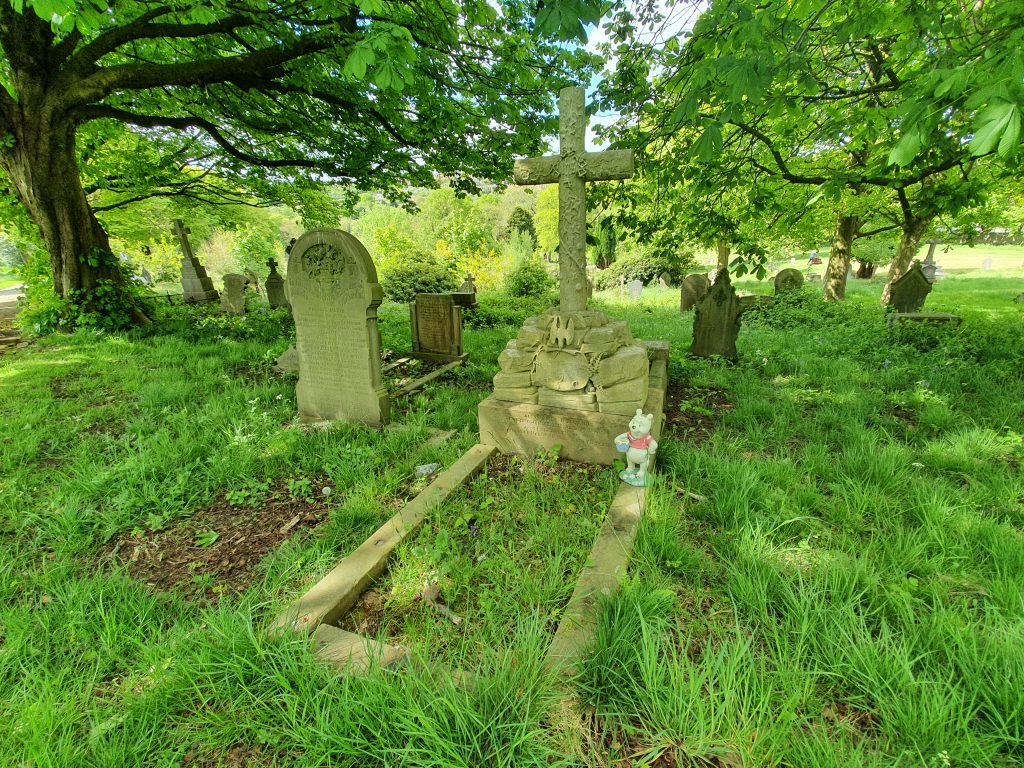
Leave a Reply